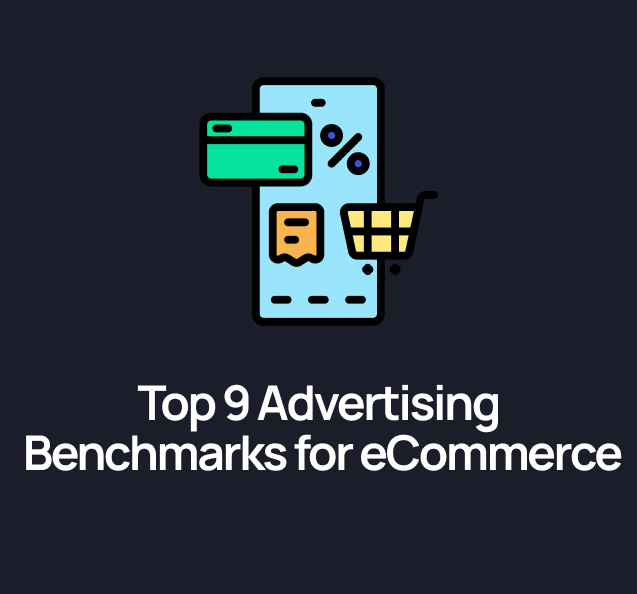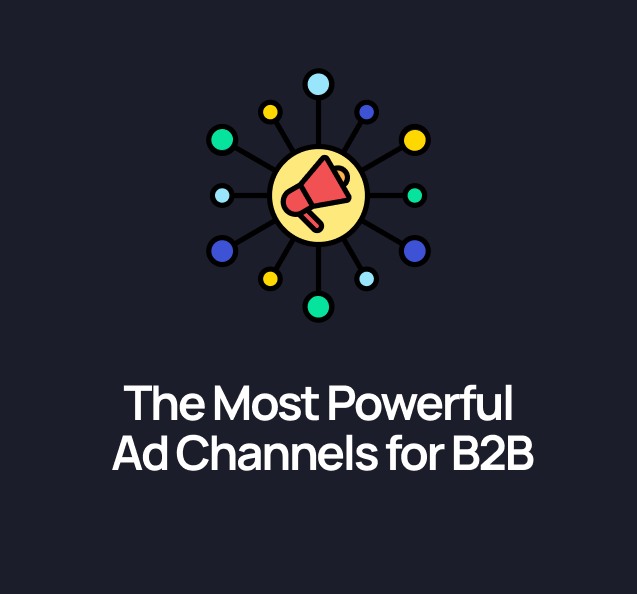When leads drop and acquisition costs climb, the knee-jerk reaction is to cut spend. Especially if you're reporting into a nervous COO or sitting on a runway that suddenly feels very short.
But before you start slashing budgets, ask yourself this:
Are you looking at the right data to diagnose the problem?
Because “how much should my ad spend be?” is the wrong question without context. The better question is:
Are we spending in the right way, and are we actually seeing the full picture?
This post breaks down three critical signals to look at before you turn off the taps, and helps you understand whether you’ve got a spend problem, or a visibility one.
1. Conversion Rate by Stage (Not Just Final Form Fills)
One of the biggest mistakes we see: treating ‘lead’ as a binary metric. But not all leads are equal, and in high-consideration B2B, how a user behaves en route to conversion matters more than whether they filled in a form that one time.
Start by breaking your funnel into stages:
- Ad click → landing page view
- Landing page view → scroll depth (are they engaging with your offer?)
- Scroll → CTA click
- CTA click → form start
- Form start → form submission
- Form submission → qualified by sales
You might find that your qualified lead rate is fine — but drop-off is happening earlier, like weak landing page performance or confusing forms.
👉 If only 10% of page visitors even click your CTA, you don’t have a traffic problem. You have a conversion design problem.
2. Segmented ROAS and CAC by Intent
Let’s say you’re running Search and LinkedIn Ads. Search looks like it’s tanking. LinkedIn is steady. You're tempted to pull budget from Search.
But are you tracking ROAS or CAC by intent level?
Because here’s the rub:
- Search often captures bottom-funnel intent: people actively looking for what you offer
- LinkedIn captures cold audiences who may need more nurture
So while your blended CAC might look similar across both channels, the sales velocity and deal size from Search could be higher.
Look at:
- Time-to-close
- Pipeline stage reached
- LTV (if available)
You might find that £1k spent on Google gets you 3 SQLs that close in 3 weeks, while £1k on LinkedIn brings 10 MQLs that sit in HubSpot purgatory.
3. Incrementality Signals (a.k.a. What Happens When You Don’t Spend)
If you're not running controlled tests, now’s the time. Run geography-based or audience-segment holdouts for short sprints. What you’re looking for is incrementality — what value is actually driven by your paid media, vs organic brand lift or sales activity?
You can do this scrappily:
- Turn off brand campaigns for 7 days in a single region (while keeping other regions live)
- Track any drop in branded search, direct traffic or conversion
- Repeat across non-brand terms
- Layer in CRM or call data if available
This helps answer: is my ad spend creating pipeline or just capturing it?
But Let’s Answer It: How Much Should My Ad Spend Be?
If you're asking this, here’s a better framework to consider:
Step 1: Define Your Revenue Goal
Let’s say your team wants £100k in new monthly recurring revenue.
Step 2: Work Backwards
Based on historic data:
- Average deal size: £10k
- Win rate: 20%
- SQL to close ratio: 5:1
- CPC: £5
- LP conversion rate: 3%
You’ll need:
- 10 deals
- 50 SQLs
- 1,667 LP visits
- Which will cost ~£8,335 in clicks (if all via PPC)
If your current CPA is double that, you don’t necessarily need to cut spend. You need to cut inefficiencies.
Warning Signs That Actually Do Indicate Overspend
Not every ad budget deserves saving. If you see any of the below, you may need to hit pause:
- 90%+ of spend going to broad match with no negatives
- More than 70% of form submissions unqualified (wrong industry, student emails, etc.)
- You’re spending more than 30% of revenue on ads and still not hitting pipeline targets
- Zero testing or CRO strategy in place for key landing pages
- Sales saying leads are uncontactable or completely off-brief
For SaaS and Fintech: Efficiency Beats Scale (at First)
In these sectors, volume isn’t everything. Early-stage SaaS companies often over-prioritise MQLs at the expense of true pipeline. Meanwhile, fintechs may attract vanity clicks from individuals who’ll never pass compliance.
Better questions than “How much should we spend?”:
- What signals qualify someone as a high-intent, compliant lead?
- Can we use ad data to filter those out (e.g., device, geography, job title, behaviour)?
- Are we learning from PPC to influence the rest of our GTM plan?
Summary: Spend Smarter, Not Smaller
Cutting ad budget might ease the burn this month. But it could cost you more in lost pipeline later.
Before you cut spend, check:
✅ Are you losing conversions before the form?
✅ Are you comparing like-for-like across channels?
✅ Do you understand the incremental impact of paid vs organic?
✅ Have you modelled backwards from revenue, not forwards from budget?
Data-led doesn’t mean data-dazzled. It means knowing which numbers matter.
Want help figuring out how much your ad spend should be, or whether it's working hard enough?
Use our PPC Budget Calculator, or talk to our team for a free audit of your current setup.
Also explore:

.svg)








.svg)
